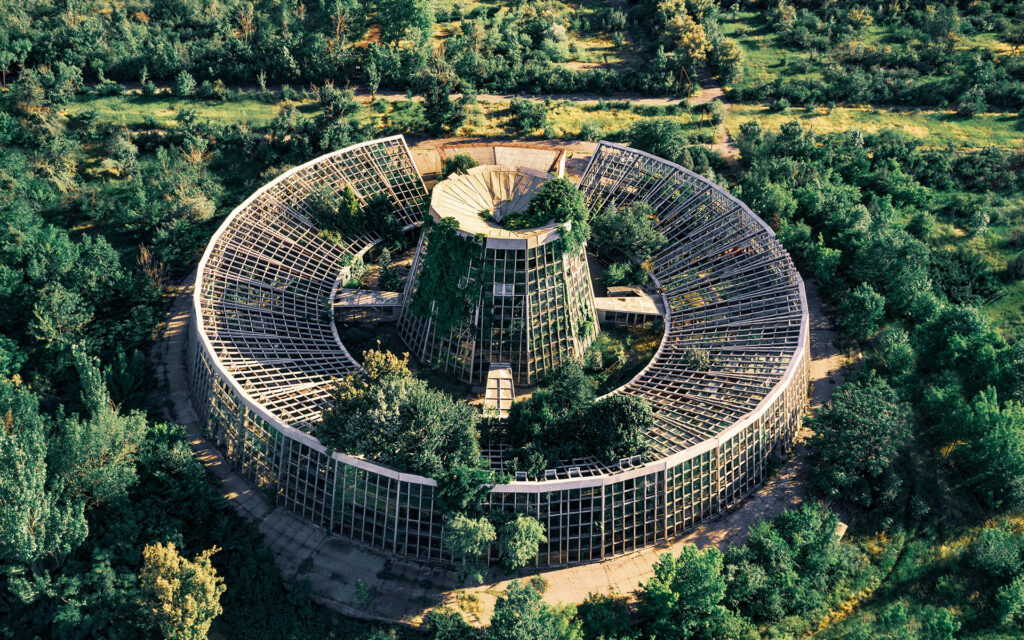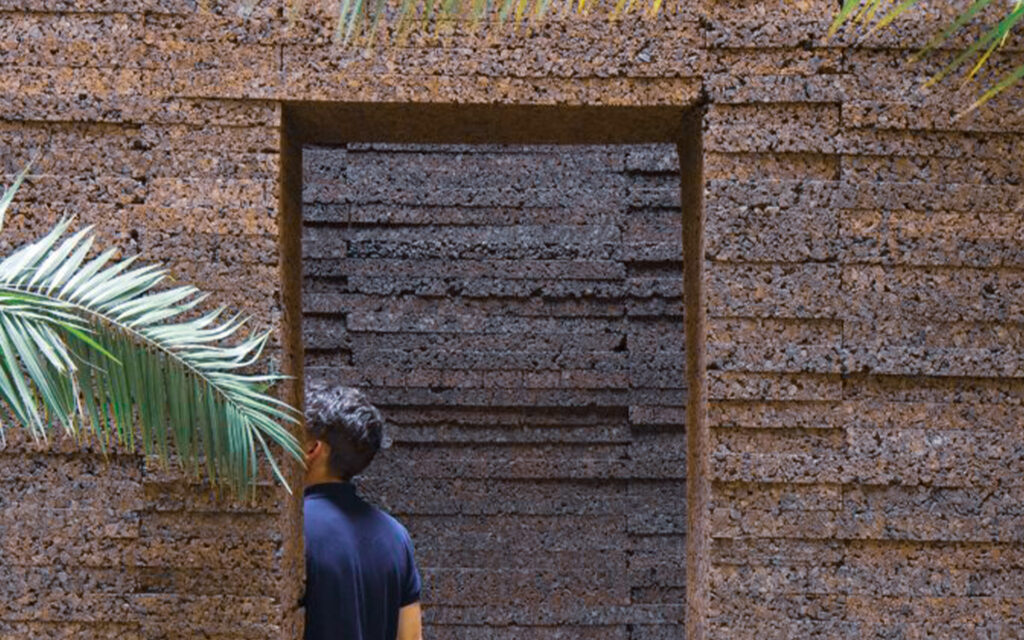According to Leon Battista Aberti, “the structure of things is governed by standards that also determine their formation; these constitute the deep link between the world of nature and the world of artifice; the observer discovers the basics of forms and reuses them in the project: in some cases, the forms coincide with archetypes” (in: Logic and Complexity of Architecture by Gianfranco Moneta, 2002). Archetypes as Frugal Architecture.
Any way you translate it, never before it has been more important to make choices. To do in the better possible way one must dismantle that apparent seriousness of the daily proclamations about the environment. Not blindly believing, trusting and informing oneself is not only useful but necessary for making one’s own decisions.

Architecture as collectivity phenomenon
Architecture, like all of collectivity phenomenon (as, indeed, communities and societies), suffers from a bulimic delusion of omnipotence. It would take a humble architecture. And it could take a “Grand Declaration” for architecture; expressing a sustainable strategy for this discipline. However, upon reflection, it already exists! It is called Frugal Architecture.
Frugal Architecture is based on simple methods. Natural ventilation, passive cooling, heat input recovery and thermal inertia are the basics of bioclimatic design and are rather ancient concepts and systems adopted in the past and that have been revitalized today through technology. Technology has certainly added something, but not much. The concepts, the cornerstones, come to us from the past. We cannot do anything without this foundation.
We tend to prefer renewable materials like the wood. Wood is deemed to be a renewable material because the tree will grow back in the coming years.

The smart city paradigm
According to Philippe Madec: “Frugality in energy, in raw materials, in maintenance implies low-tech approaches. This does not mean the absence of technology, but the use of relevant, non-polluting or wasteful techniques, along with devices that are easy to repair, recycle and reuse”.
Frugality in energy, in raw materials, in maintenance implies low-tech approaches. This does not mean the absence of technology, but the use of relevant, non-polluting or wasteful techniques, along with devices that are easy to repair, recycle and reuse.
The smart city paradigm should be reinterpreted from the perspective of a “smart inhabitant”. Philippe Madec remarks, adding: “…in implementation and design, frugality requires innovation, invention and collective intelligence. Frugality rejects the hegemony of the technological vision of building and requires occupant involvement. It is not the building that is intelligent, but its inhabitants are.”
In implementation and design, frugality requires innovation, invention and collective intelligence. Frugality rejects the hegemony of the technological vision of building and requires occupant involvement. It is not the building that is intelligent, but its inhabitants are.

Oxymorons of environmentalism
Here is an approach that dismantles the oxymoron of the “trending environmentalism” and it divests the architect of his current role. We would need many such reflections, giving voice to the different inhabitants of the planet: humans, animals, plants, territories, places. The one who will listen to the different voices will not be called an architect, if by this appellation we mean a «character», a star, a product of the virtual industry. Instead, he will be a frugal thinker, moderate in his choices and temperate in his design actions. Nothing more and nothing less. He will also be aware of the dangers of constrictive and bureaucratic austerity, aware that sobriety (understood only as a constraint) is not a desirable project for the future.
It is an acquisition that comes to us from history. Welfare, well-being and effective communities are the basis for building good architecture.

Philippe Madec on Frugal Architecture
You may also be interested in: Sustainable Steps





